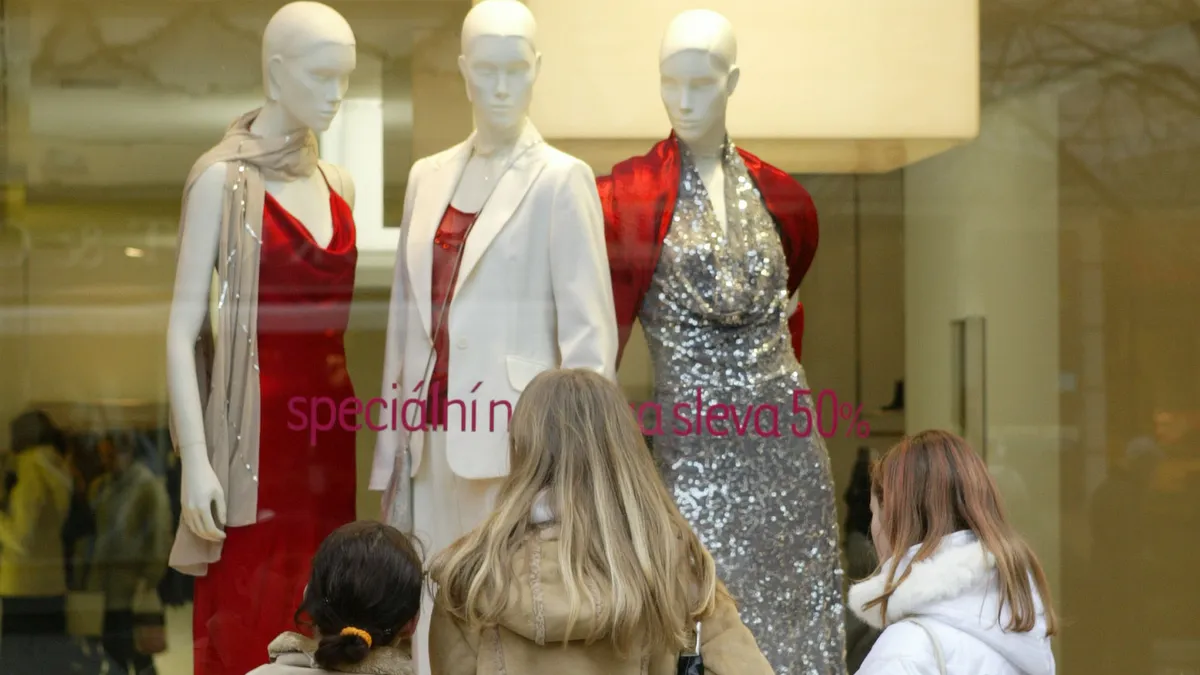While some apparel names have limited windows into who their third-tier suppliers are, the fashion brand Mango last week published a spreadsheet of its third-tier manufacturers online for the world to see.
That level of transparency is, for now, somewhat radical in the fashion industry, which navigates complicated supply chains and, for decades, has been trailed by a long list of concerns around its environmental and social footprint.
“Others will follow,” Simon Geale, EVP of procurement at the consultancy Proxima, said of Mango. “They're probably doing this because they see a form of advantage in doing it. It provides a transparent view to consumers or the fact that they're either doing good or they're working on doing good.”
Mango’s tier 3 list follows the publication of its tiers 1 and 2 suppliers, all released as part of its sustainability initiatives. According to the brand, it has been the first in its home country of Spain to publish each of the tier lists.
Across all three tiers, Mango has about 2,400 factories it works with, each of them named in its spreadsheet along with the city and country they are based in. Of those, nearly 1,300 are purely tier 3 suppliers. Additional tier 3 suppliers work across multiple tiers.
Mango's geographical footprint
| Country | Factories producing for Mango (tiers 1-3) |
|---|---|
| Turkey | 663 |
| China | 651 |
| India | 264 |
| Spain | 169 |
| Italy | 150 |
| Bangladesh | 132 |
| Morocco | 87 |
| Portugal | 67 |
Source: Mango
The highest share of factories producing for Mango are in Turkey (663), followed by China (651), India (214), Spain (169) and Italy (150)
The company says its goal is to “move towards the full traceability and transparency of its value chain, in order to continue with the process of auditing its suppliers and ensuring that appropriate working conditions are being fulfilled for the workers in the factories the company works with around the world.”
Probing the depths of the supply chain can be arduous. Identifying suppliers beyond the tier 1 realm “can require a significant amount of resources, time, and investment,” according to Tim Kraft, associate professor of operations and supply chain management at NC State University.
“Brands often have limited interaction with their supply chain past tier-1,” Kraft said by email. ”Because of this, mapping out the extended supply chain can require working either with or around your direct suppliers to learn what is occurring in the upper tiers.”
Exacerbating the difficulties is that the number of suppliers often multiplies and those suppliers are less dedicated to your business as you move up the supply chain, Kraft added.
“The reason most people haven’t done it so far is because it’s not that easy,” Geale said. “On paper, with tech, you’re just connecting nodes. If the data is there at the node, the data goes in into the big supercomputer, and you press the big red button and there’s your report.”
Mango has invested resources into the effort. The company says it has a dedicated team more than 20 working on sustainability. In the latest update to its 2030 sustainability plan, the company said it was stricture measuring standards in tracking its goals and would prioritize low-impact materials and circular design criteria with the goal of materials of sustainable or recycled origin “predominat[ing] in the design of its products.”
Mango is not the first to publish lists of its first three tiers in its supply chain, but it is ahead of many competitors. Fast fashion giant H&M, for example, for now only publishes its tier 1 and the bulk of its tier 2 suppliers — which is still more than many U.S. apparel sellers disclose to the general public.
Kraft noted that it has become “very common” for larger brands to publish their tier 1 lists. “However, brands having visibility into their extended supply chain and publishing supplier lists past tier-1 is much less common,” he said.
Again, not everyone has their upper tiers mapped out, and even if they did not everyone wants them known. Kraft points to perceived competitive risks — such as by letting peers “potentially free-ride on your efforts to identify suppliers with good practices” — and reputational risks by association should any incidents occur at a company in the supply chain.
But Mango has upped the ante for its peers. “By publishing their tier 3 supplier list, Mango is resetting the bar within the industry and demonstrating this type of visibility is possible, even in larger supply chains,” Kraft said.
This story was first published in our Procurement Weekly newsletter. Sign up here.






















